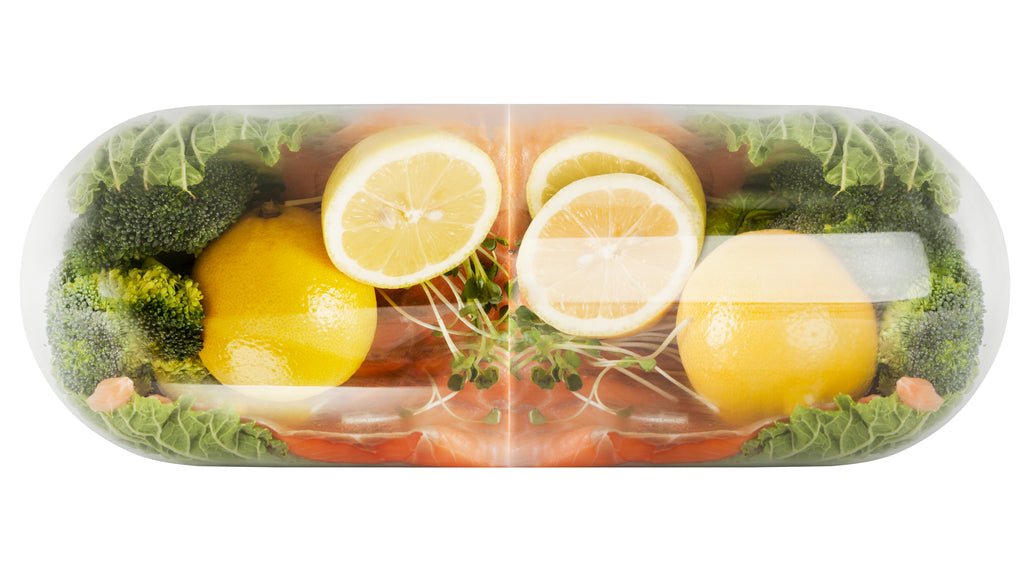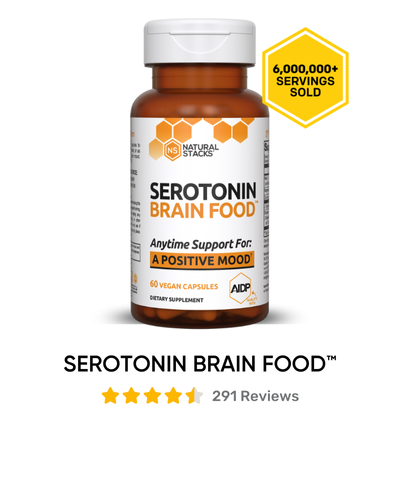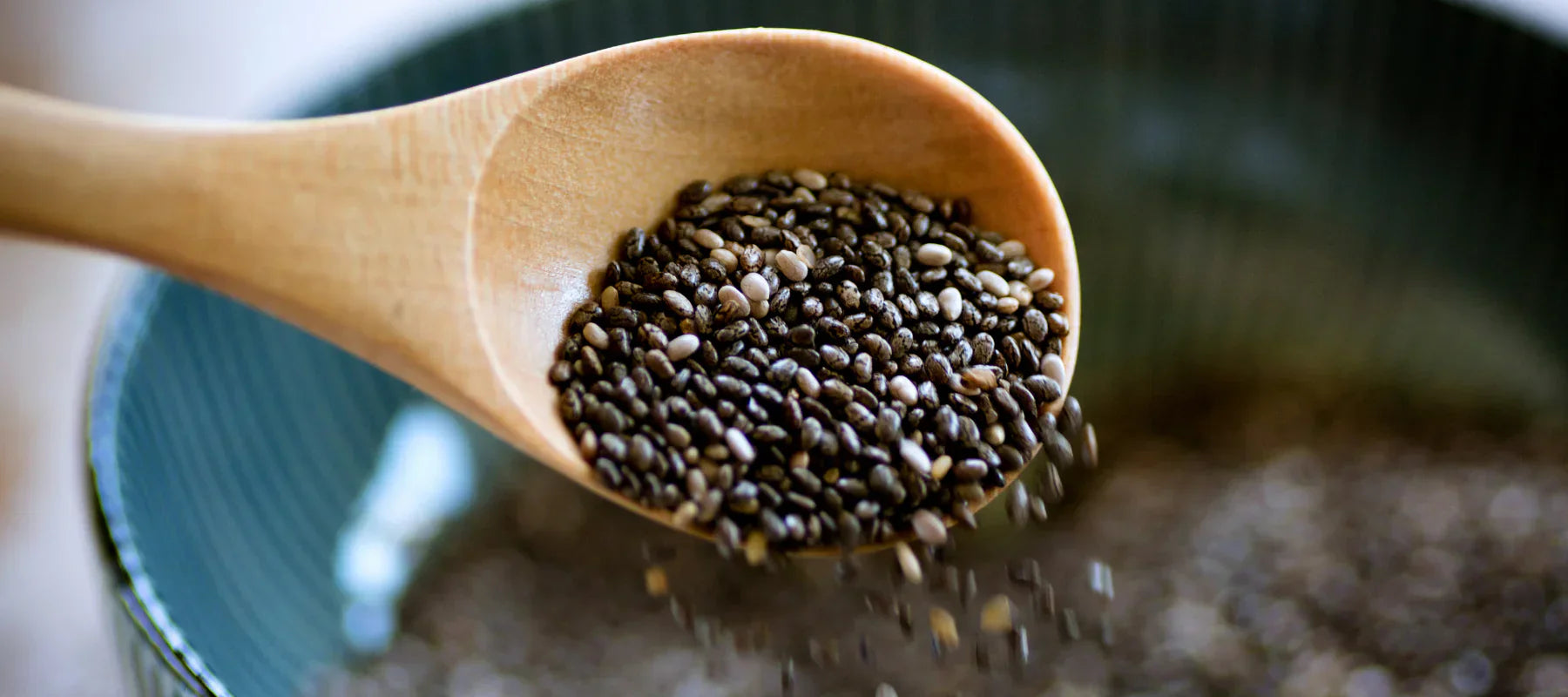THE ULTIMATE GUIDE TO KETONES AND KETOSIS

Ketones and Ketosis are one of the hottest health trends right now and are rising in popularity - so what’s all the fuss about?
Many people still don’t know what ketones are or why ketosis would be a desirable lifestyle, but as more and more people experience the benefits a ketogenic lifestyle can offer, the clearer it becomes.
We’re here to help you sift through the facts and fallacies so you can understand what ketones and ketosis are and whether or not a ketogenic diet is right for you.
We’ll start with the basics of what it means to be ketogenic or live in ketosis. Then you’ll get a break down of the best diet tips and recipes.
BONUS: Access the FREE Ketosis Cheat sheetWHAT ARE KETONES?
Humans naturally get energy from glucose which is the result of broken down carbohydrates. Ketones are an alternative fuel source to glucose made by breaking down fats for energy as opposed to glucose.
People who suffer from epilepsy, Parkinson’s, Alzheimers or even those who just have an aging brain tend to have dysfunctional glucose uptake in the brain. In fact, more and more research is providing evidence that these are diseases of lifestyle - brought on by insulin resistance and too many carbohydrates consumed over a lifetime.
When the liver is in ketosis and is able to construct ketones from fatty acids for energy for the brain to function, our bodies are able to function for longer periods of time without needing to constantly be fed.
COGNITIVE BENEFITS OF KETOSIS

The benefits of following a ketogenic diet and using ketones for brain function aren’t restricted to those with an aging, epileptic, Parkinson’s or Alzheimer's brain. Even healthy people can drastically improve their brain function and overall health with ketones.
The trend of high fat, low-carb diets is due in part to this discovery that ketones are a clean, limitless, and high-octane form of energy.
Pushing coconut oil to be used for everything came about because it immediately converts to ketones in the body no matter how much or how little you consume carbs.
Studies show, mental clarity, focus and performance increase dramatically when a healthy brain begins utilizing ketones more than glucose. Even in those with minor memory loss, a ketogenic diet has been shown to reverse some memory loss while improving general function.
WHAT DOES IT MEAN TO BE “IN KETOSIS”?
When your brain completely switches from using glucose as it’s main power source, and creates new ways to uptake and use fats for energy, you enter a ketogenic state. This happens when mitochondrial biogenesis is increased throughout the brain which improves function. With improved brain function comes cleared brain fog - a term used over and over in the nootropics community. In short, it erases that feeling like you cannot hit peak levels of performance - like there’s something in the way of allowing you to think 100% clearly about the best way to perform every time.
Brain fog is caused by a decrease in GABA signaling and an increase of ammonia. When your brain hits ketosis, it causes an increase in functions that counteract high levels of ammonia while simultaneously increasing GABA signaling which tells the brain and body to relax, allowing you to think clearly.
Ketosis is also known to increase a sense of euphoria in everyday life. This can be attributed to higher levels of the ketone body BHB (beta-hydroxybutyrate), which is related to GHB - the ever popular drug known for its euphoric effects. Although it is not in high enough levels to intoxicate you, the increased presence of BHB do seem to be the reason for increased happiness.
Now, you’re probably dying to know what it takes to hit this ultimate state of health and happiness. All you have to do is look to your diet to reach those peak points of performance.
WHAT IS A KETOGENIC DIET?

As previously mentioned, the ketogenic diet is low in carb intake and high in fats. When you reduce carbs and replace them with healthy fats, you can easily reach the ketosis metabolic state.
A typical ketogenic diet is:
- 70-80% fat
- 15-20% protein
- 5-10% carbohydrates.
The upper limit for carbohydrates is usually 30-50 grams per day. Levels higher than that will kick one out of ketosis.
For those who are working out at high intensities usually prefer a little more protein in their diets. The high-protein version contains 60% fat, 35% protein and still only 5% carbs.
WHO CAN BENEFIT FROM A KETOGENIC DIET?
One of the most studied outcomes of a ketogenic diet is the reduction of seizures - to almost zero - in epileptic patients. Fasting is a documented cure to seizures, but not a realistic one for most people. Luckily, ketosis causes the brain to begin functioning as if it is fasting without the negative side effects of not eating.
Ketogenic diets cause major reductions in both blood sugar and insulin levels, proving to be a great source of energy for those with diabetes, as well. But the list doesn’t stop here.
People who can benefit and in some cases heal, using a ketogenic diet, include anyone suffering from…
- Cancer
- Alzheimer’s
- Parkinson’s
- Diabetes
- Brain Injury
- Metabolic Syndrome
- Hypoxia Migraines
- Lack of Endurance
- Low Brain Resilience
- Hunger Cravings
- Low Sleep Quality
- Inability to Lose Weight
- Lack of Optimal Athletic Performance
Basically, anyone looking to optimize their health, protect their brain, and experience optimal performance can benefit from cutting carbs and increasing healthy fat in their daily diet.
THE PERFECT KETOGENIC KITCHEN

There’s a long list of foods you can eat with a few exceptions. Although it may seem difficult, it is not impossible to follow a strict ketogenic diet.
Sometimes it’s easier to just toss everything you don’t need first to get rid of the temptation to fall off your ketogenic diet. Here’s a list of stuff to get rid of as soon as possible - the idea is to cut carbs as much as possible so if there are some things in your pantry that aren’t on this list but seem full of carbs, it’s safe to say you should toss it too.
- Sugary foods: soda, juice, smoothies, cake, ice cream, candy
- Grains or starches: wheat-based products, rice, pasta, cereal
- Fruit: All fruit, except small portions of berries like strawberries
- Beans or legumes: Peas, kidney beans, lentils, chickpeas
- Root vegetables and tubers: Potatoes, sweet potatoes, carrots, parsnips
- Low-fat or diet products: These are highly processed and often high in carbs.
- Some condiments or sauces which often contain sugar and unhealthy fat
- Unhealthy fat: Limit your intake of processed vegetable oils, mayonnaise, etc.
- Alcohol: Due to its carb content, many alcoholic beverages can throw you out of ketosis.
- Sugar-free diet foods: These are often high in sugar alcohols, which can affect ketone levels in some cases. These foods also tend to be highly processed.
If your pantry is looking emptier than expected right now, do not worry. Although a ketogenic diet requires a lot of change, it’s a lifestyle worth living. To be in naturally healthy and euphoric state is the ultimate reward.
Here’s your grocery list to restock your pantry with the good stuff.
- Meat: grass-fed, pasture raised, even wild meat, steak, organ meats, ham, sausage, bacon, chicken and turkey
- Fatty fish: Such as salmon, trout, tuna and mackerel
- Eggs: Look for pastured or omega-3 whole eggs.
- Butter and cream: Look for grass-fed when possible.
- Cheese: (if you tolerate it) Unprocessed cheese (cheddar, goat, cream, blue or mozzarella)
- Nuts and seeds: Almonds, walnuts, flaxseeds, pumpkin seeds, chia seeds, etc.
- Healthy oils: Primarily extra virgin olive oil, coconut oil and avocado oil
- Avocados: Whole avocados or freshly made guacamole
- Low-carb veggies: Most green veggies, tomatoes, onions, peppers, etc.
- Condiments: You can use salt, pepper and various healthy herbs and spices.
Your daily eating routine will change dramatically once you get all of your ingredients. There are tons of keto-friendly cooks and online bloggers that make incredible recipes you won’t believe are carb-free AND high in fats.
MAKING THE SWITCH
It’s understandable to think this is a huge (kind of intimidating) change in diet for a lot of people - and with change usually comes some side effects.
As you change your diet, we suggest taking it slow. You don’t have to start at 100% keto every day. Some people say that taking two carb days a week in the beginning helps to ease the pain of making the switch.
Initial side effects of a ketogenic diet can include increased hunger, sleep deprivation, digestive issues, slower mental and physical functioning, and nausea. These side effects are known as the “keto-flu” and do not last forever. It’s just your body readjusting to the new lifestyle changes.
USING SUPPLEMENTS

Although it is not always necessary, many people use supplements during the beginning of ketogenic diets to counteract the side effects, and throughout the process to increase the mental and physical results of a keto lifestyle.
Caffeine - Using a naturally sourced caffeine, especially in the beginning of your diet, will counteract fatigue and drowsiness during the day. Keeping it natural will ensure that you can still sleep well at night.
Magnesium - If you experience insomnia or inability to sleep through the night due to your shift in diet, magnesium is a great source of balance and promotes healthy sleeping habits.
Whey - If you’re making smoothies for breakfast or lunch, added whey ensures that you get the right amount of protein in your system for optimal performance.
Creatine - Especially if you’re interested in exercising frequently while on the keto diet, creatine is a great source of energy and stability.
Prebiotics - Eating a high volume of fibrous vegetable matter, while good for the gut, can also produce some uncomfortable side effects like gas, bloating, or loose bowels Prebiotics are a great way to get some of the overlapping benefits of vegetables without the risk of GI discomfort.
Exogenous ketones are also an option to induce ketosis within minutes. We cover these in depth on our podcast with Dominic D’Agostino and Mike T. Nelson going live later this week. (Stay tuned!)
WHAT ARE YOU WAITING FOR?
Now that you’re up to speed on all things keto, it’s time to get keto.
Take this ultimate guide to ketosis and share it with anyone and everyone looking to increase their health and wellness.
If you have any questions or concerns, feel free to contact Natural Stacks and we will do our best to help you on your journey to optimal performance.
Follow Natural Stacks on Facebook, Twitter, Instagram and subscribe to our YouTube Channel for tips and tricks on how to keep up with a ketogenic lifestyle.










